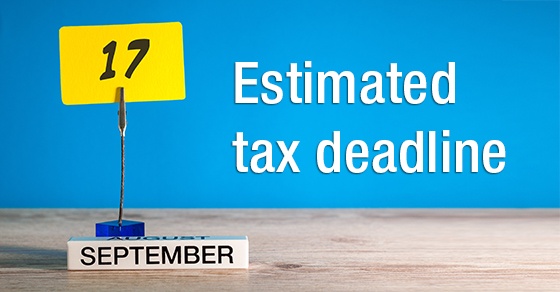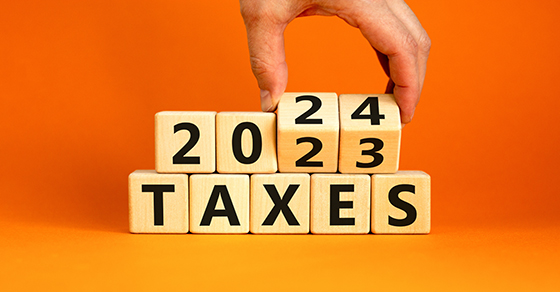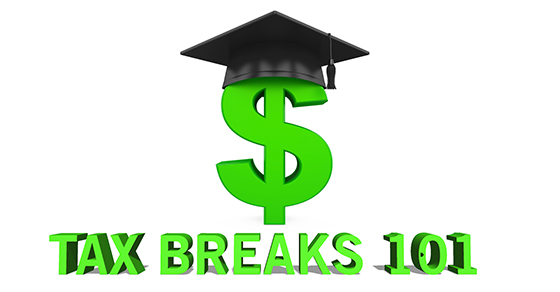Estimated Tax Payments
To avoid interest and penalties, you must make sufficient federal income tax payments long before your April filing deadline through withholding,...
 Due to the massive changes in the Tax Cuts and Jobs Act (TCJA), the 2019 filing season resulted in surprises. Some filers who have gotten a refund in past years wound up owing money. The IRS reports that the number of refunds paid this year is down from last year — and the average refund is lower. As of May 10, 2019, the IRS paid out 101,590,000 refunds averaging $2,868. This compares with 102,582,000 refunds paid out in 2018 with an average amount of $2,940.
Due to the massive changes in the Tax Cuts and Jobs Act (TCJA), the 2019 filing season resulted in surprises. Some filers who have gotten a refund in past years wound up owing money. The IRS reports that the number of refunds paid this year is down from last year — and the average refund is lower. As of May 10, 2019, the IRS paid out 101,590,000 refunds averaging $2,868. This compares with 102,582,000 refunds paid out in 2018 with an average amount of $2,940.
Of course, receiving a tax refund shouldn’t necessarily be your goal. It essentially means you’re giving the government an interest-free loan.
Last year, the IRS updated the withholding tables that indicate how much employers should hold back from their employees’ paychecks. In general, the amount withheld was reduced. This was done to reflect changes under the TCJA — including the increase in the standard deduction, suspension of personal exemptions and changes in tax rates.
The new tables may have provided the correct amount of tax withholding for some individuals, but they might have caused other taxpayers to not have enough money withheld to pay their ultimate tax liabilities.
The IRS is cautioning taxpayers to review their tax situations for this year and adjust withholding, if appropriate.
The tax agency has a withholding calculator to assist you in conducting a paycheck checkup. The calculator reflects tax law changes in areas such as available itemized deductions, the increased child credit, the new dependent credit and the repeal of dependent exemptions. You can access the IRS calculator at https://bit.ly/2aLxK0A.
There are a number of situations when you should check your withholding. In addition to tax law changes, the IRS recommends that you perform a checkup if you:
You can modify your withholding at any time during the year, or even multiple times within a year. To do so, you simply submit a new Form W-4 to your employer. Changes typically go into effect several weeks after a new Form W-4 is submitted. (For estimated tax payments, you can make adjustments each time quarterly estimated payments are due. The next payment is due on Monday, June 17.)
Contact us to discuss your specific situation and what you can do to remedy any shortfalls to minimize taxes due, as well as any penalties and interest. We can help you sort through whether or not you need to adjust your withholding.
© 2019

To avoid interest and penalties, you must make sufficient federal income tax payments long before your April filing deadline through withholding,...

The IRS recently announced various 2024 inflation-adjusted federal tax amounts that affect individual taxpayers.

We all know the cost of college is expensive. The latest figures from the College Board show that the average annual cost of tuition and fees was...
